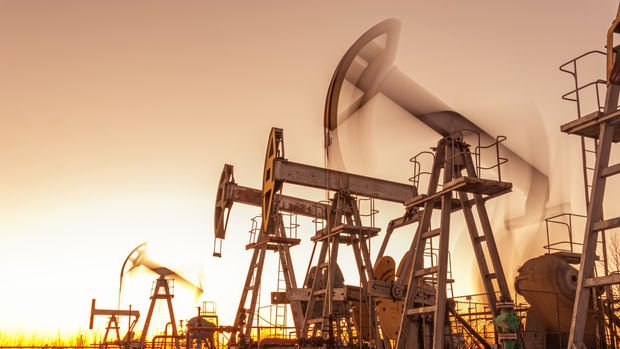Softening of sanctions plan against Russian oil
Oil rose as the European Union eased its latest plan to impose sanctions on Russian oil. Oil steadied as investors awaited more details on its plan to cap Russian crude prices and as the outlook for demand in China and COVID restrictions were assessed. U.S. crude traded around $81 a barrel after rising more than 1 percent in the previous session, as stocks and other commodities also rose. Brent crude closed 1 percent higher at $88.36 on Tuesday as the EU planned to ease sanctions. It is finding buyers at $88.20 this morning, down slightly. The European Union eased its latest plan to impose sanctions on Russian oil. According to a document seen by Bloomberg, the European Union has set a 45-day transition period for sanctions scheduled to be imposed on Dec. 5. The transition period will apply to ships that loaded oil before Dec. 5 and are due to deliver their cargo by Jan. 19. The plan is not to impose sanctions on these ships. EU ambassadors are expected to approve the latest plan today. Diplomats are also set to discuss a price ceiling for Russian oil at the meeting. The EU and G7 countries could announce a price ceiling as early as this evening. “It doesn’t look like it will be too far from where Russia is currently buying. If that’s the case, I wouldn’t expect too much of a market reaction. I think it’s more important to see how Russia responds,” said Warren Patterson, head of commodity strategy at ING Groep. Crude prices have trended lower this month on concerns that demand in China, the world’s biggest importer, will be hurt as the country continues with its zero-Covid restrictions. Supplies from the Organization of the Petroleum Exporting Countries and its allies were also in focus, with members rejecting speculation they could agree to raise output at their December meeting. “While oil benefited from the broader rally in riskier assets, there was some comfort from other OPEC+ members rejecting reports of supply increases. However, demand risks remain, particularly with the Covid situation in China,” Patterson said.


